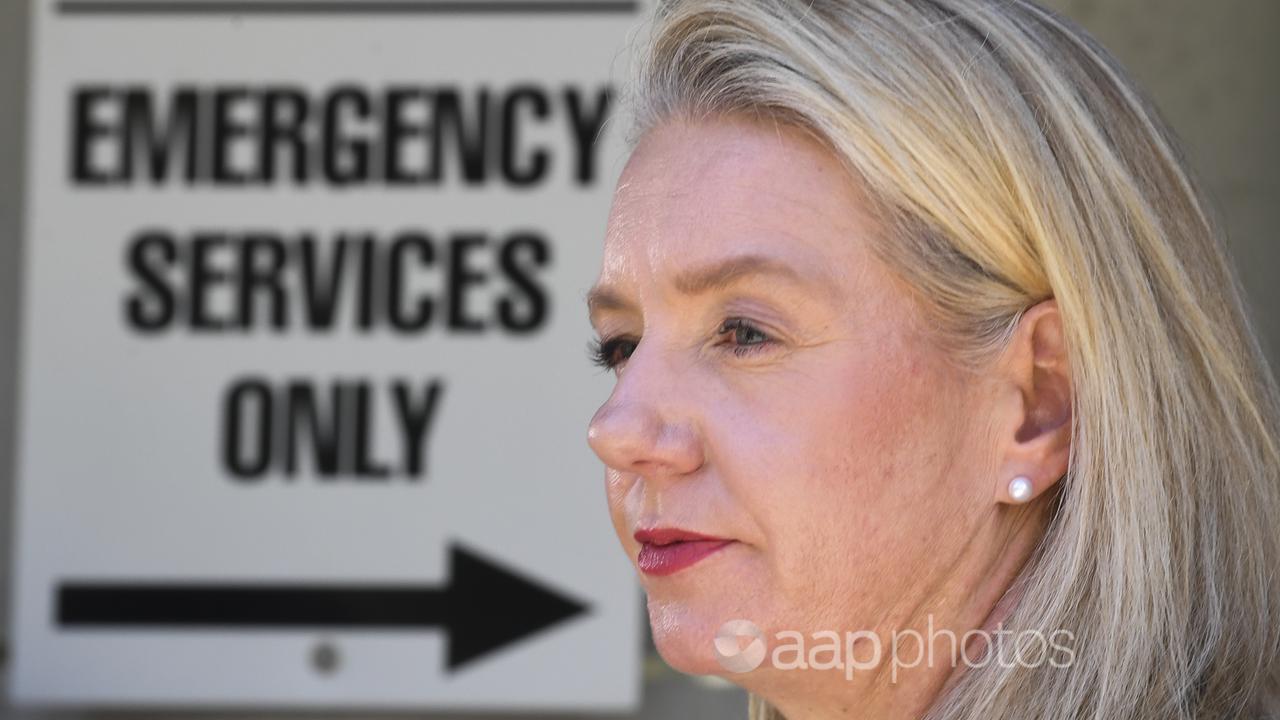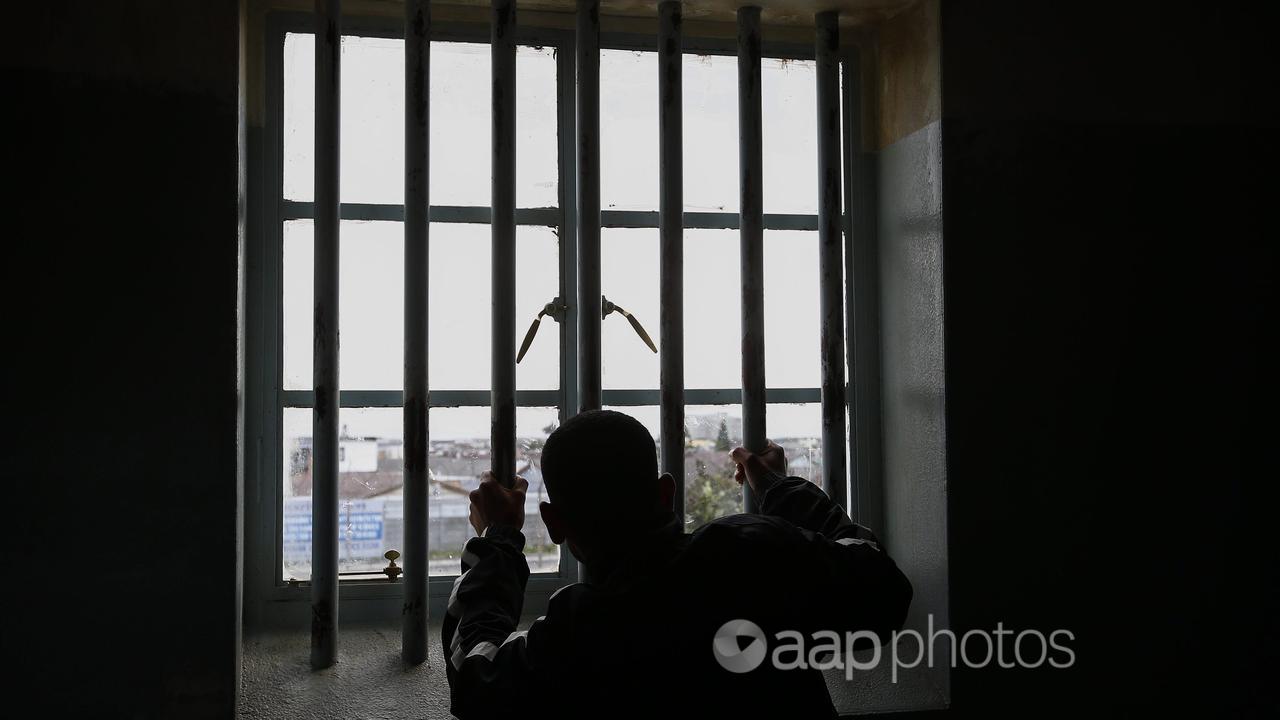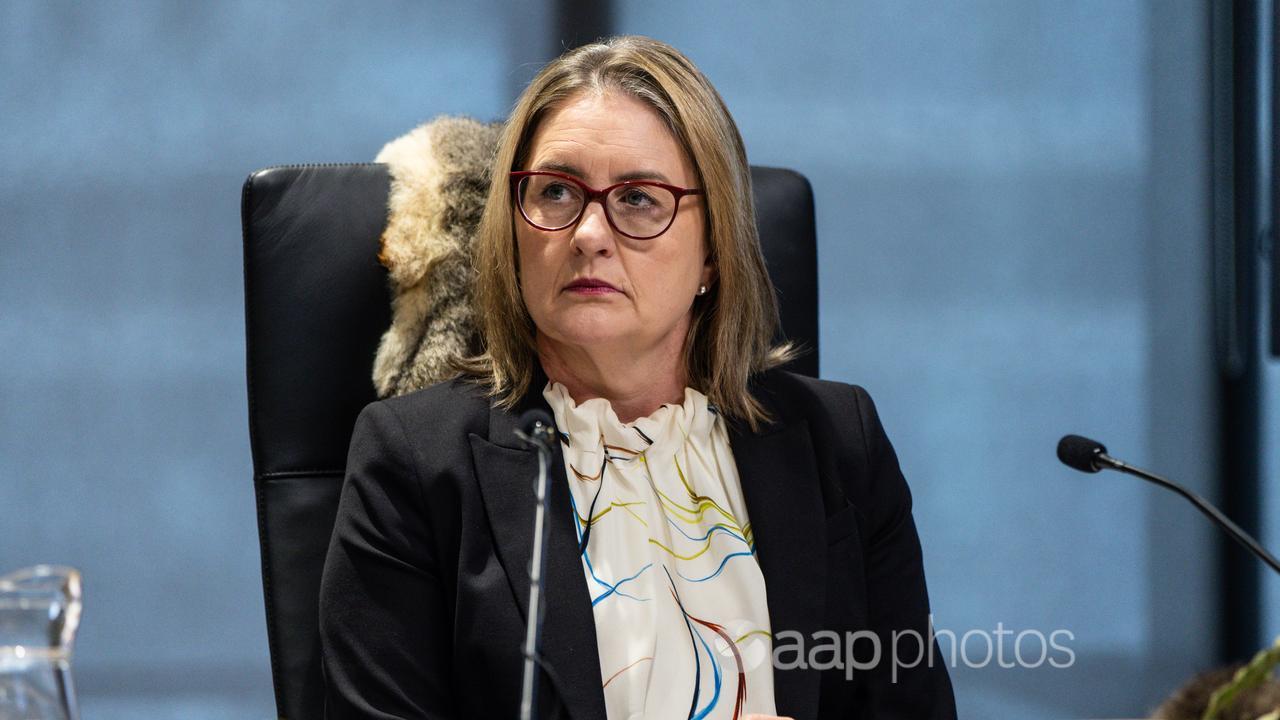Federal minister Bridget McKenzie has defended reported delays in getting Australian Defence Force troops into flood-hit areas of NSW and Queensland, saying it would have been “unheard of” 20 years ago for troops to be called out to assist following natural disasters.
The claim is false. The ADF has been involved in Australian disaster recovery efforts since the 1970s. Nevertheless, one expert told AAP FactCheck the frequency of ADF involvement in disaster recovery has increased in recent years.
Senator McKenzie, the minister for emergency management and national recovery, made the claim during an ABC News Breakfast interview on March 11. As part of a discussion about the government’s response to the floods, she said “another layer” had been added to regular emergency operations and “calling in the ADF for a natural disaster on domestic soil would have been unheard of 20 years ago”.
When asked for the basis of Senator McKenzie’s claim, the minister’s office sent AAP FactCheck a list of 36 occasions in which the ADF has been active in domestic disaster recovery efforts since 2015. They included Cyclone Debbie in 2017, the 2019/20 Australian bushfires and the ongoing role of Defence personnel in the government’s response to the COVID-19 pandemic.
The ADF was formed in February 1976 with the unification of Australia’s three military branches – army, navy and air force – under a single command. In addition to its military role, the ADF has a long history of supporting humanitarian operations for overseas disasters such as the Boxing Day tsunami in 2004.
However, Professor John Blaxland, a military historian at ANU’s Strategic and Defence Studies Centre, said the ADF had also provided disaster recovery support in Australia on many occasions.
In his 2013 book, The Australian Army From Whitlam to Howard, Prof Blaxland listed examples of ADF troops supporting rescue, recovery or clean-up efforts in Australia during the mid-1970s to mid-1980s. The examples provided (pages 37-41) include:
- A Sydney battalion assisted the State Emergency Services in evacuations and distribution of supplies after Cyclone Ted struck Queensland’s gulf country in 1976.
- About 300 soldiers helped bushfire-fighting operations in NSW’s Blue Mountains in 1977.
- Soldiers were called out for rescue and supply missions and “numerous medical evacuations” following Cyclone Peter in Far North Queensland in 1979.
- About 800 soldiers from Puckapunyal and Watsonia in Victoria were mobilised in response to bushfires in Gippsland in 1980.
- Soldiers from Adelaide assisted flood relief efforts in Balhannah, South Australia, in mid-1981, enabling the SES “to focus its efforts in other areas”.
The book also lists several occasions when Australia’s defence forces took part in domestic emergency response efforts prior to the formal creation of the ADF in 1976, including a major rescue and clean-up operation after Cyclone Tracy hit Darwin in 1974.
AAP FactCheck additionally found evidence of ADF involvement in recovery operations following other disasters, such as the Newcastle earthquake in 1989 (page 124) and a hailstorm in Sydney in 1999 (page 5).
Senator McKenzie’s claim that ADF involvement in domestic natural disasters was “unheard of 20 years ago” is therefore incorrect.
However, Prof Blaxland told AAP FactCheck he believes the number of ADF disaster recovery call-outs has increased in recent years, which he put down to a combination of a better-prepared defence force and more natural disasters.
“The tempo has increased because the capability has increased but also because the frequency of these events has increased,” he said in a phone interview.
Prof Blaxland, who supports the creation of a voluntary community disaster response service to reduce the strain on the ADF, also thinks governments are increasingly being persuaded to send in troops when disaster strikes.
“You can see the tangible physical results of a prime ministerial decision when the camouflage uniforms are walking the streets clearing out the rubbish … It is very hard for a government to resist that urge,” he said.
The Verdict
Senator Bridget McKenzie’s claim that it was “unheard of” for Defence personnel to be called in following disasters in Australia 20 years ago is incorrect.
There are numerous documented examples of the Australian Defence Force supporting rescue, recovery and clean-up missions following domestic disasters from the 1970s onwards. Defence forces were also involved in rescue and recovery efforts prior to the formation of the ADF.
False – The claim is inaccurate.
* AAP FactCheck is an accredited member of the International Fact-Checking Network. To keep up with our latest fact checks, follow us on Facebook, Twitter and Instagram.
All information, text and images included on the AAP Websites is for personal use only and may not be re-written, copied, re-sold or re-distributed, framed, linked, shared onto social media or otherwise used whether for compensation of any kind or not, unless you have the prior written permission of AAP. For more information, please refer to our standard terms and conditions.


















